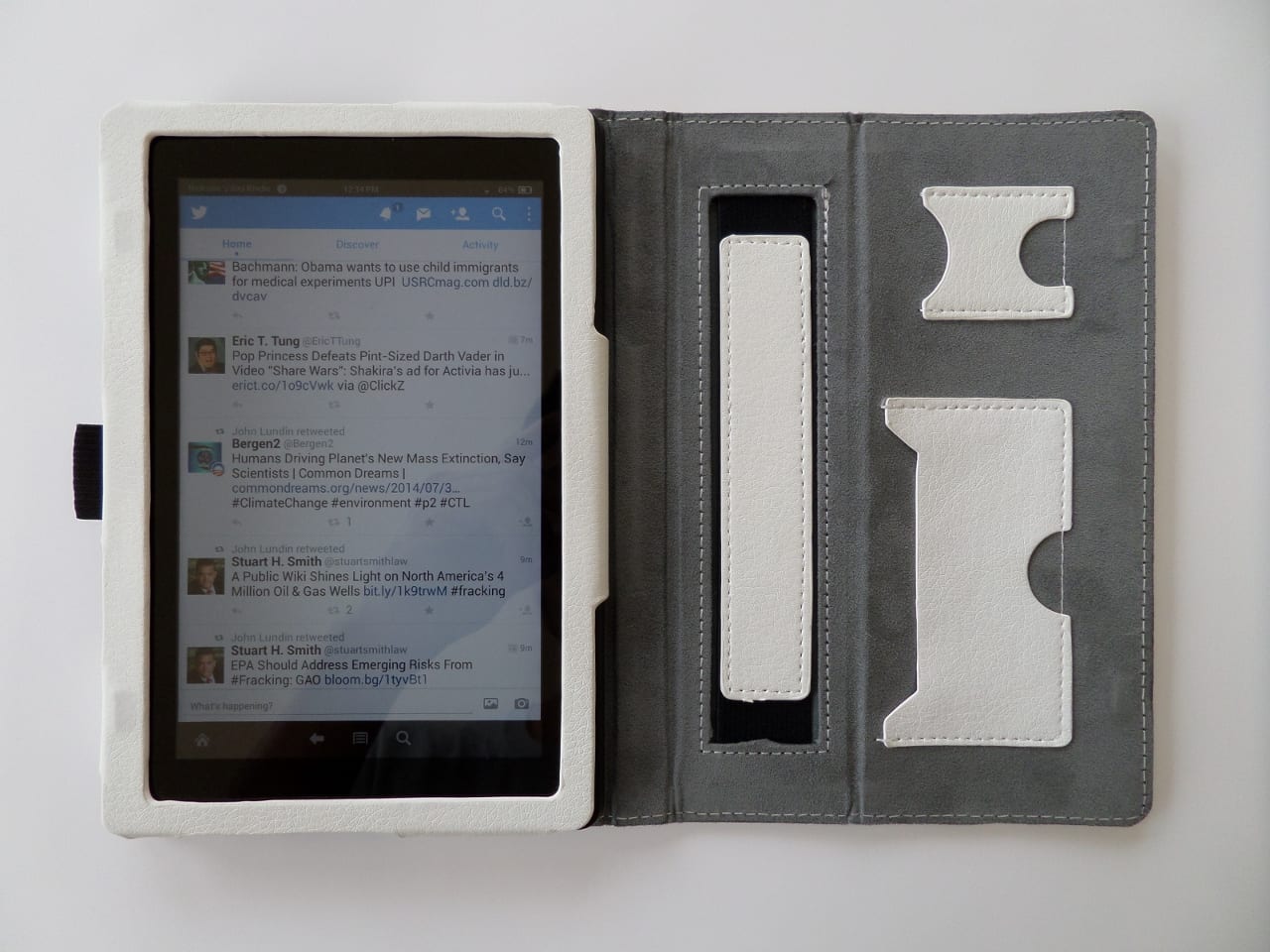The South Korean electronics giant Samsung Display has announced that it will cease the production of liquid crystal displays (LCDs) in South Korea and China at the end of 2020, Reuters reported. LCD displays are widely used in TVs, cellular phones, digital cameras, computer monitors, and other devices with embedded screens. However, OLED displays have already gone mainstream in some cases.
One such examples is devices with small screens, such as smartphones. AMOLED displays are very common in smartphones, but are extremely rare in large displays such as TVs and computer monitors. It’s important to note that LCD refers to the type of display, but not the backlight.
Manufacturers have been advertising ‘LED’ TVs and monitors as a hot new thing, and while they are superior to their fluorescent-backlit counterparts — They are just LCDs with an LED backlight (instead of a fluorescent one). The advantage of LED-backlit screens is that they have a lower power consumption than the fluorescent ones, they are thinner, and have the potential to last longer.
The LED-backlit models have now gone mainstream and are currently waiting to be replaced by an entirely new display technology — OLED. OLED refers to a family of display technologies (including AMOLED), which does not use liquid crystals to manipulate or block light and form images.
OLED displays tend to be expensive, and if you’re considering large OLED panels for TVs: They can easily cost thousands of dollars for a TV size that would normally cost less than $100 if it was LCD. Improved production processes are likely to bring OLED manufacturing costs down and you may finally get that roll-up or folding TV you’ve always dreamed of!








